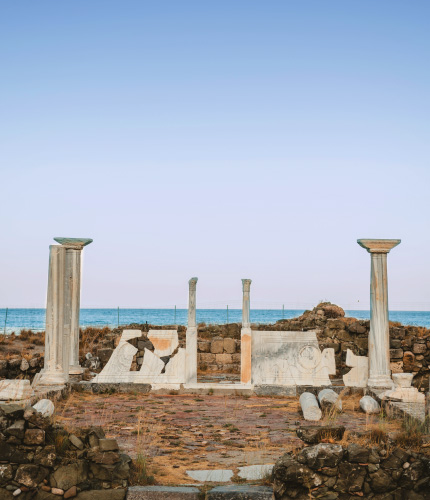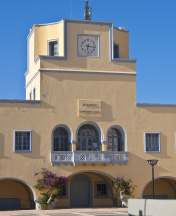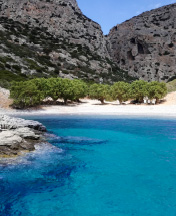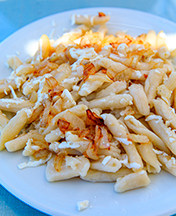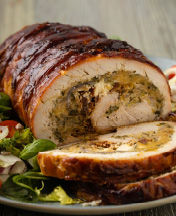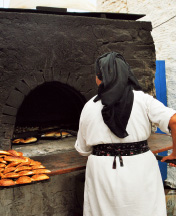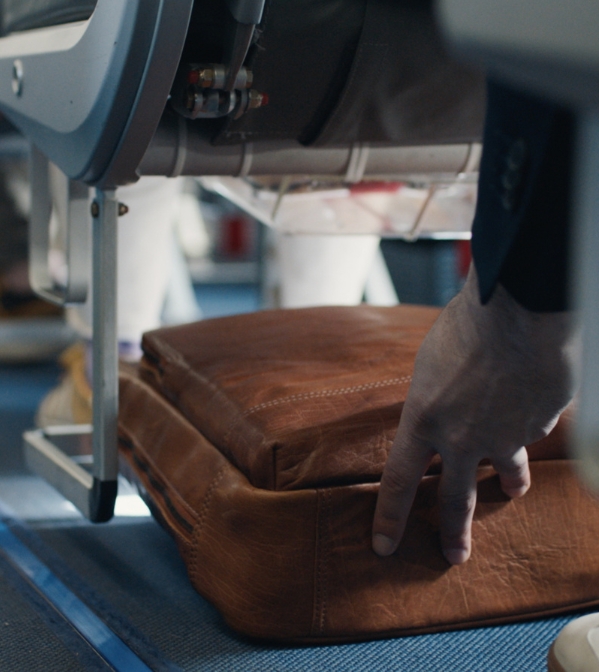According to Greek mythology, the first inhabitant of Karpathos was Titan Iapetos, son of Heaven and Gaia. However, the archaeological findings proved that the island was inhabited during the Neolithic period and that the Minoans had a great influence on the culture and history of Karpathos. The Acropolis of Arkasa was built by the Mycenaeans after their arrival on the island in the 14th century BC. Then came the Phoenicians, followed by the Dorians, who settled in Karpathos around 1,000 BC and brought great prosperity to the island. In 478 BC, Karpathos participated in the First Athenian Alliance. He was an ally of Athens during the Peloponnesian Wars that took place from 431 to 404 BC, but after the defeat of the Athenians, the island succumbed to the Spartans. It again became part of the Athenian Alliance in 397 BC and became independent. Karpathos passed after various invaders, such as Romans, Arabs, Venetians, Ottomans and others. Karpathos participated in the Greek Revolution of 1821, became independent in 1823, was given to the Turks in 1830, suffered an Italian invasion in 1912, a German invasion in 1943 and eventually joined the independent Greek State in 1948.
